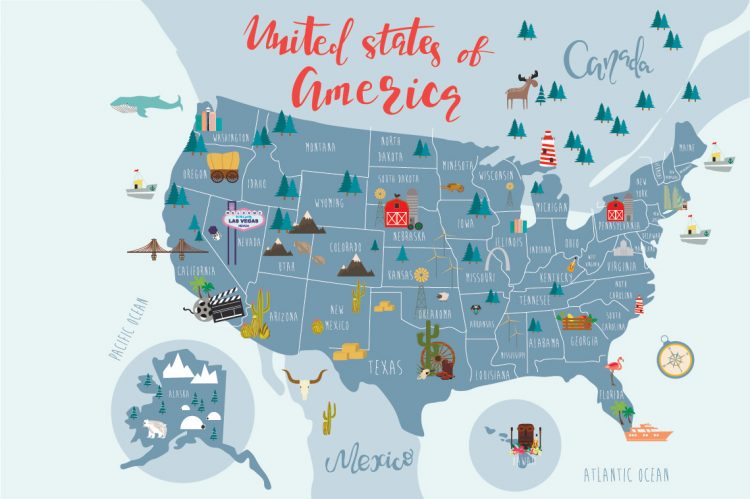People tend to form social and economic ties with the areas where they live, while the high costs of moving out of state can incentivize movers to remain in the same state. On average, 82.66% of movers look to stay in the state where they live, according to a new report from LendingTree released this week.
The report found that a lower percentage of movers are looking to stay in their state than during the height of the pandemic, when an average of 85.38% of movers wanted to remain in their states.
Key highlights:
- Texas has the highest percentage of residents looking to move within state lines at 91.66%, down from 93.33% from March 2020 through September 2021. The state is also the second most popular destination for out-of-state movers.
- Michigan takes second place with 89.48% looking to move within the state. This is followed by Ohio at 89.38%, Oklahoma at 89.32%, and Florida at 89.2%.
- New York has the highest percentage of residents looking to leave, with 44.75% looking to move out of state. In a close second is Hawaii with 42.83%.
- The shares of movers looking to stay in New York and Hawaii have fallen far from the 73.35% and 78.06%, respectively, earlier in the pandemic. This is due to high costs of living from persistently high inflation and rising mortgage rates.
- Vermont lands in third place with 24.5% looking to move out of state, a significant drop from New York and Hawaii.
- For out-of-state movers, Florida is the No. 1 destination. Florida is the favorite out-of-state destination for mortgage shoppers in 19 of the 50 states.
- Many out-of-state movers don’t go far, as the most popular new destination state for homebuyers in 24 states bordered the state they were leaving.
Major takeaway:
“As has been the case in past years, Texas and Florida remain popular destinations for movers looking to head out of their current states. Relatively affordable costs of living, generally agreeable weather and no state income taxes likely play a big role in why these states are so popular,” said LendingTree’s Senior Economist and report author, Jacob Channel.“However, as more people move into these states infrastructural issues, like faulty power grids, may become more and more prevalent.”
Channel stated that while remote work has grown in popularity, most Americans still work on location for their jobs. “As a result, it can often make more sense for movers to stay in the same area so they don’t have to go through the difficulty of finding a new job. Moving a long distance is also considerably more expensive than moving a short distance. Finally, even when a person doesn’t need to worry about their job or the cost of moving, the emotional and social ties they’ve formed with their current area can provide another powerful disincentive to moving far away. Ultimately, while seeking out greener pastures in a new state may be tempting for many, the drawbacks of a long-distance move often make staying near where they live the preferred option for most Americans,” said Channel.
For the full report, click here.












